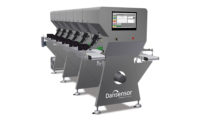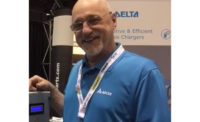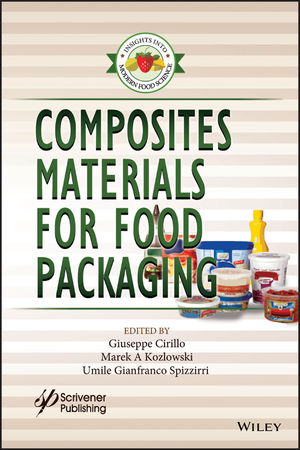Is the world ready for MAP aluminum packaging?
While MAP has been around for a while, the industry is now experimenting with the best methods to use MAP and which materials to combine it with.

Modified atmosphere packaging (MAP) technology began in Australia and New Zealand, where Britain’s demand for beef and lamb meant the meats were stored in carbon dioxide to maintain freshness in their journey across the globe. But, MAP technology has come a long way since then.
MAP is a technique used to alter the gas composition of food storage or shelf-ready containers. Oxygen is fresh food’s biggest enemy, as it enables respiration and aerobic bacteria growth. Back in the 1930s, Australia pioneered MAP using carbon dioxide, as this meant oxygen levels were kept optimally low. However, an array of gases can be used.
Getting the composition right can result in highly extended shelf lives for MAP packed products. Depending on the food, there is a specific ratio of oxygen, carbon dioxide and nitrogen for optimal shelf-life extension. For example, a retail-ready container of cooked, cured and processed poultry should contain 30% carbon dioxide and 70% nitrogen.
Without MAP techniques, a typical protein shelf life is anywhere between 3-7 days. With MAP, this can be extended up to 35 days, according to a report published by Robert Delmore, professor at California Polytechnic State University, San Luis Obispo, Calif. By controlling the composition of air and moisture in an airtight container, bacteria growth is discouraged and the deterioration of the product is slowed down considerably.
Getting it right
While MAP has been around for a while, the industry is now experimenting with the best methods to use MAP and which materials to combine it with. One of the most effective ways to alter the gas composition using MAP is by hermetically heat-sealing meat in a smoothwall foil tray and applying gas flushing.
Using this method, the amount of oxygen can be reduced from 20.9% to 0%, replacing the removed oxygen with nitrogen or carbon dioxide.
For MAP to work properly, the packaging must be airtight. Even the smallest leak can take away all MAP benefits. Due to this need, industry experts have developed packaging that has been tested specifically for shelf-life extension properties. Just like the smoothwall aluminum foil trays, all food packaging must go through rigorous testing before supplied to manufacturers.
Good-bye preservatives, hello sustainability
Intelligent food packaging enables longer shelf lives and reduces both food waste and plastic waste. Equally, the increased reliance on MAP across the world means manufacturers are less reliant on preservatives.
Some food manufacturers that rely on MAP may be cautious of transitioning from plastic to a sustainable material such as aluminum, but the same principles of MAP apply. The sealing is just as effective for an aluminum tray as it is for a plastic tray.
Remember, it is not the packaging material that is enabling the shelf-life extension, but the gas composition and effective seal. That said, a sustainable material will always trump an unsustainable one.
With many natural and organic food companies forgoing additives, they can now bring in the convenience of a longer lifespan with MAP instead.
The current state of play
The benefits of MAP technology are starting to hit the U.S. market, as a more environmentally friendly and convenient method of food packaging.
Interestingly, Asia is lagging way behind the rest of the world in relation to MAP technology. China, for example, still relies on preserving food through the use of additives. However, the growing middle classes in China are turning away from additives and showing preference for food kept fresh under a modified atmosphere. The industry can expect to see significant movement toward MAP in this part of the world in the coming years.
Canada is also set to increase MAP uptake across the food supply chain.
MAP has come a long way since it was first put into action in the 1930s, but as new and emerging markets reap the benefits of longer shelf lives without the need for preservatives, and as existing markets address the need to reduce food and plastic waste, there really is no stopping MAP.
Looking for a reprint of this article?
From high-res PDFs to custom plaques, order your copy today!








